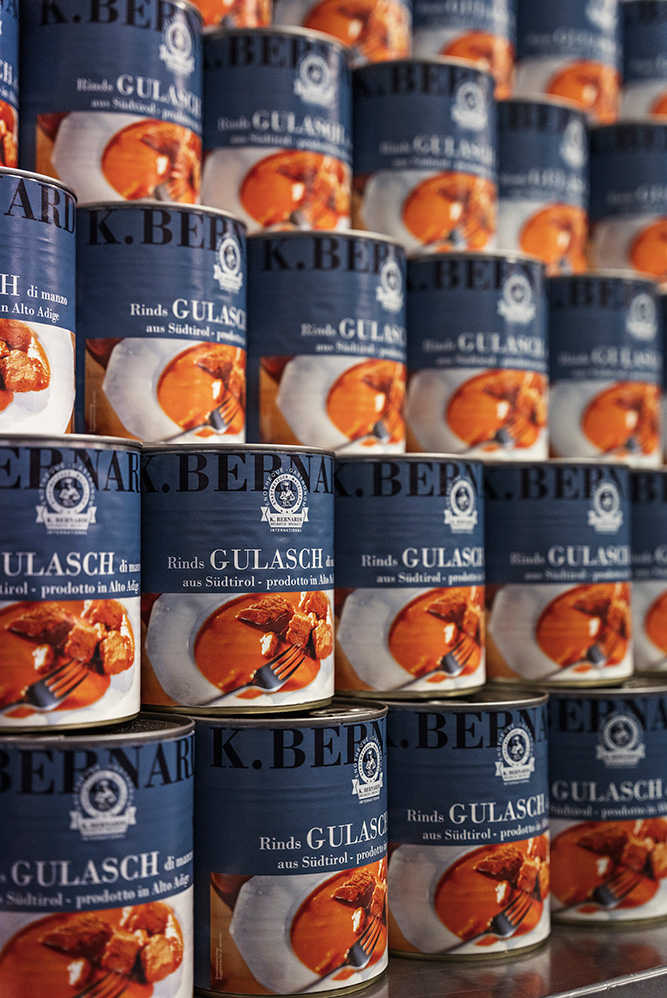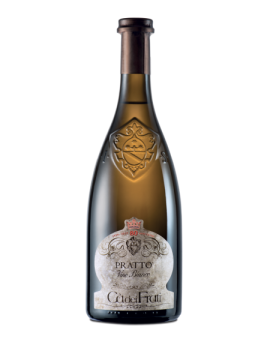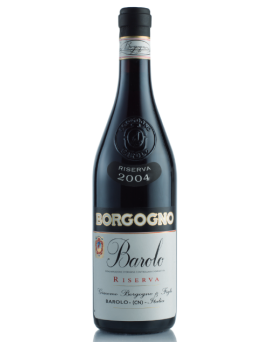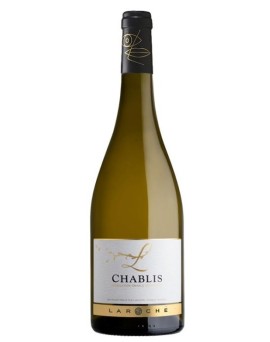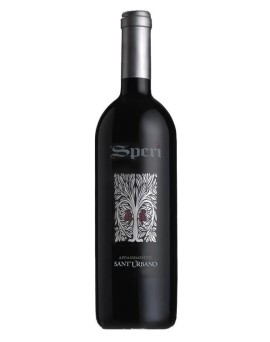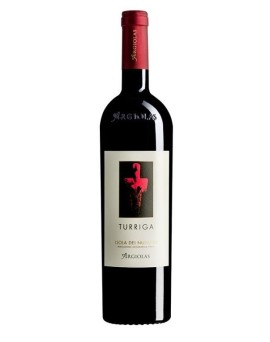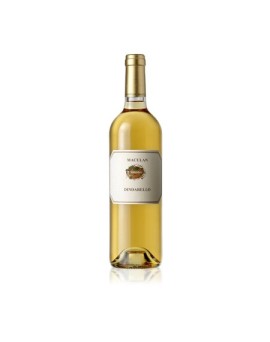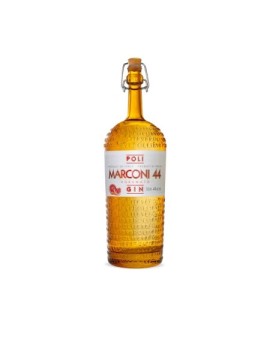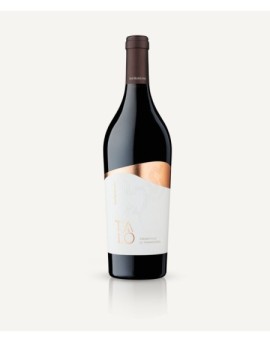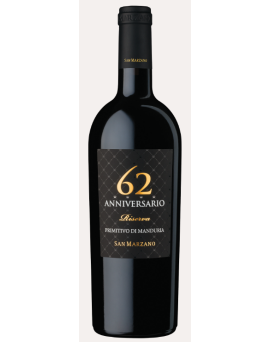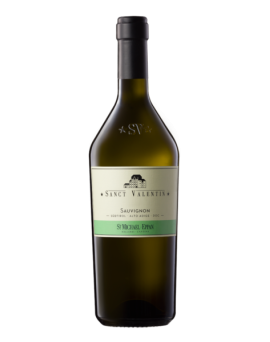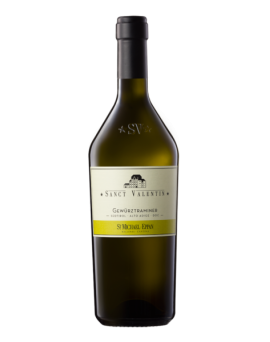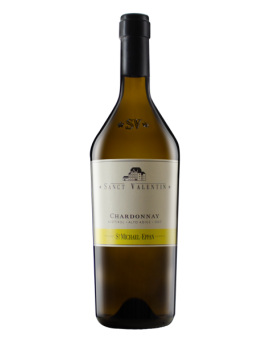Pratto 2021 IGT Benaco BS...
<br />Pratto<br /><br />Pratto represents a challenge that we wanted to take up, going beyond conventional schemes while maintaining unaltered respect for the territory. In this late harvest, the<br />aromaticity of Sauvignon vinified in stainless steel, the softness of Chardonnay and the finesse of Turbiana meet harmoniously with an exclusive result. The nose shows<br />notes of tropical fruit accompanied by a vegetality and minerality that enhance the finesse and elegance with a very communicative impact that induces salivation stimulating<br />the taste. On the palate it is rich with an exquisitely sweet attack followed by perfectly balanced acidity and flavour, and finally the fruity and mineral notes return. Ideal with<br />structured starters such as crostini with foie gras and also with delicate but richly flavoured first courses, light and white meats and fish with aromatic herbs.<br />Perfect with mature cheeses.<br />Technical data<br /><br />Grape varieties used: Turbiana, Chardonnay and Sauvignon Blanc<br />Soil composition: calcareous - clayey<br />Training system: Guyot and spurred cordon<br />Planting system: 2.30 x 0.70<br />Yield per hectare: 80 quintals<br />Type of vinification: Steel<br />Malo/actic: Not carried out<br />Ageing and development: In steel on fine lees 12 months, followed by two months in bottle<br />Alcohol content: 13.5%.<br />Total acidity: 6.60 g/L<br />Volatile acidity: 0.35 g/L<br />pH: 3.10<br />Dry extract: 21.5 g/L<br />
Price
€21.80

